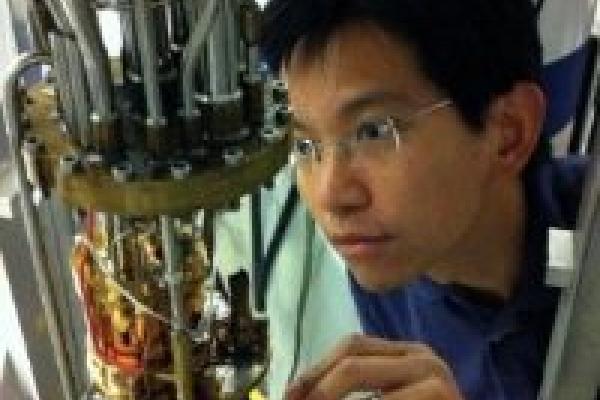
Physicists have long been using the Fermi gas to understand the electrons in conductors. However, this paradigm has been challenged in the strongly correlated systems and, more recently, in the high purity materials, graphene, as well as Weyl semimetals. The interaction in these many-body quantum systems can lead a new collective behavior described by the hydrodynamics in long time and length scales. This new regime not only modifies the conventional electrical and thermal transport in condensed matter physics, but also has deep connections to other areas such as the anti-de Sitter/conformal field theory (AdS/CFT) and quark-gluon plasma in the heavy ion collider. In this talk, we will discuss the experiment showing the breakdown of Wiedemann-Franz law in graphene, how the electrons may flow like honey, and how we can use the Dirac point physics to detect a single photon. We will explore the potential applications of graphene-based low energy photon counters in the superconducting quantum computation and measurement of the cosmic infrared background in future space missions.
Ref: arXiv:1710.08425 and Phys. Rev. Applied 8, 024022 (2017)
